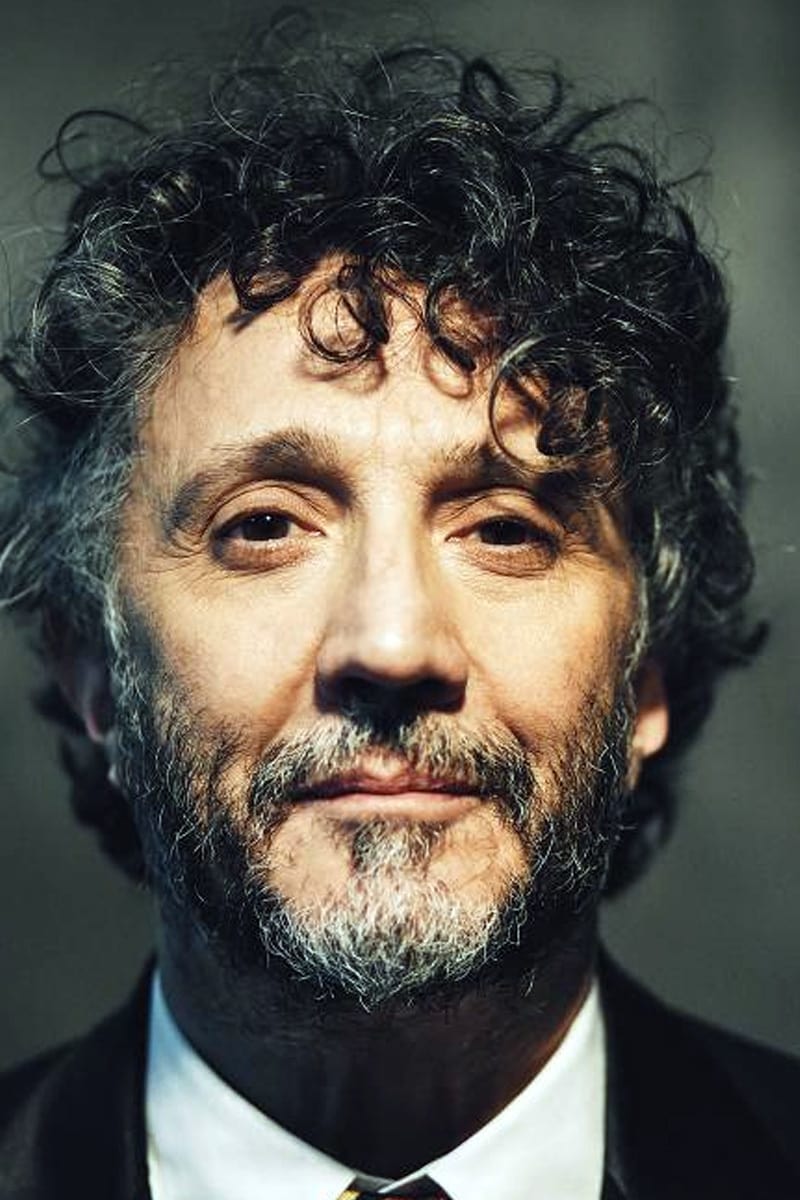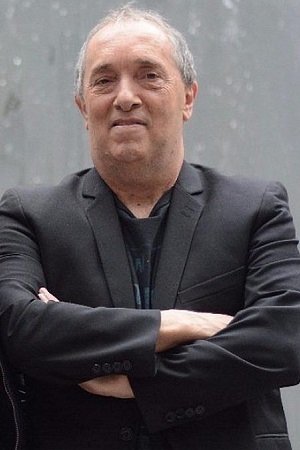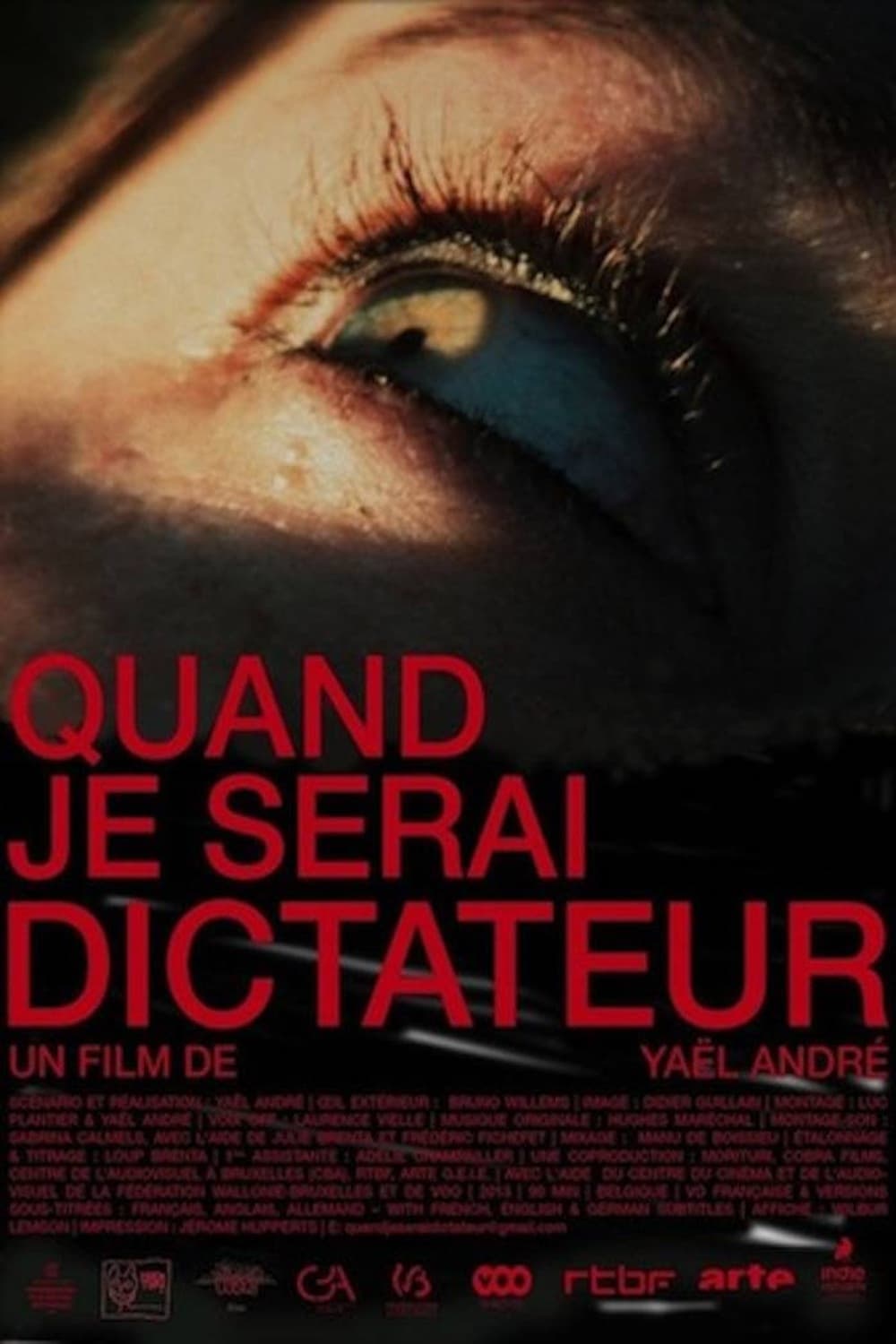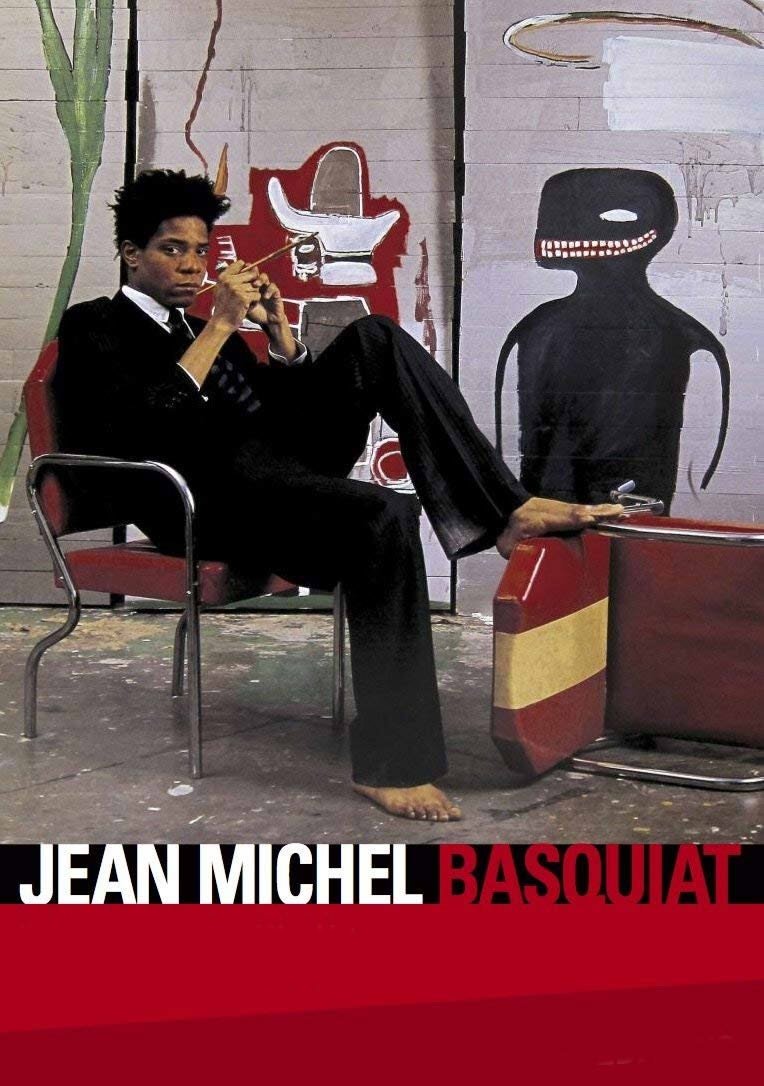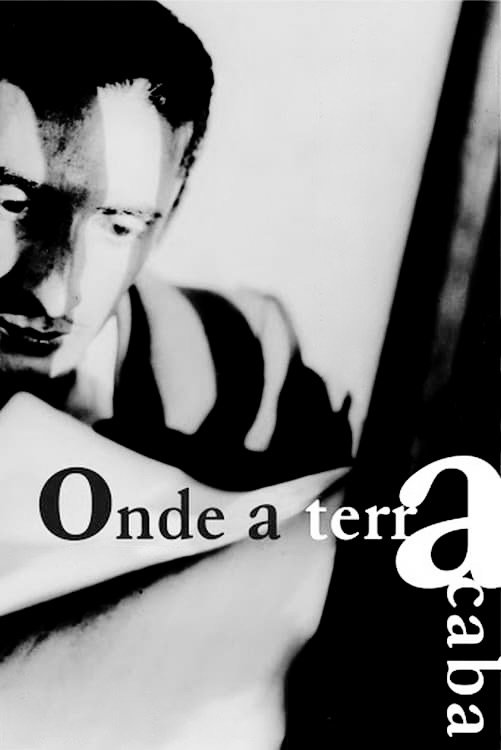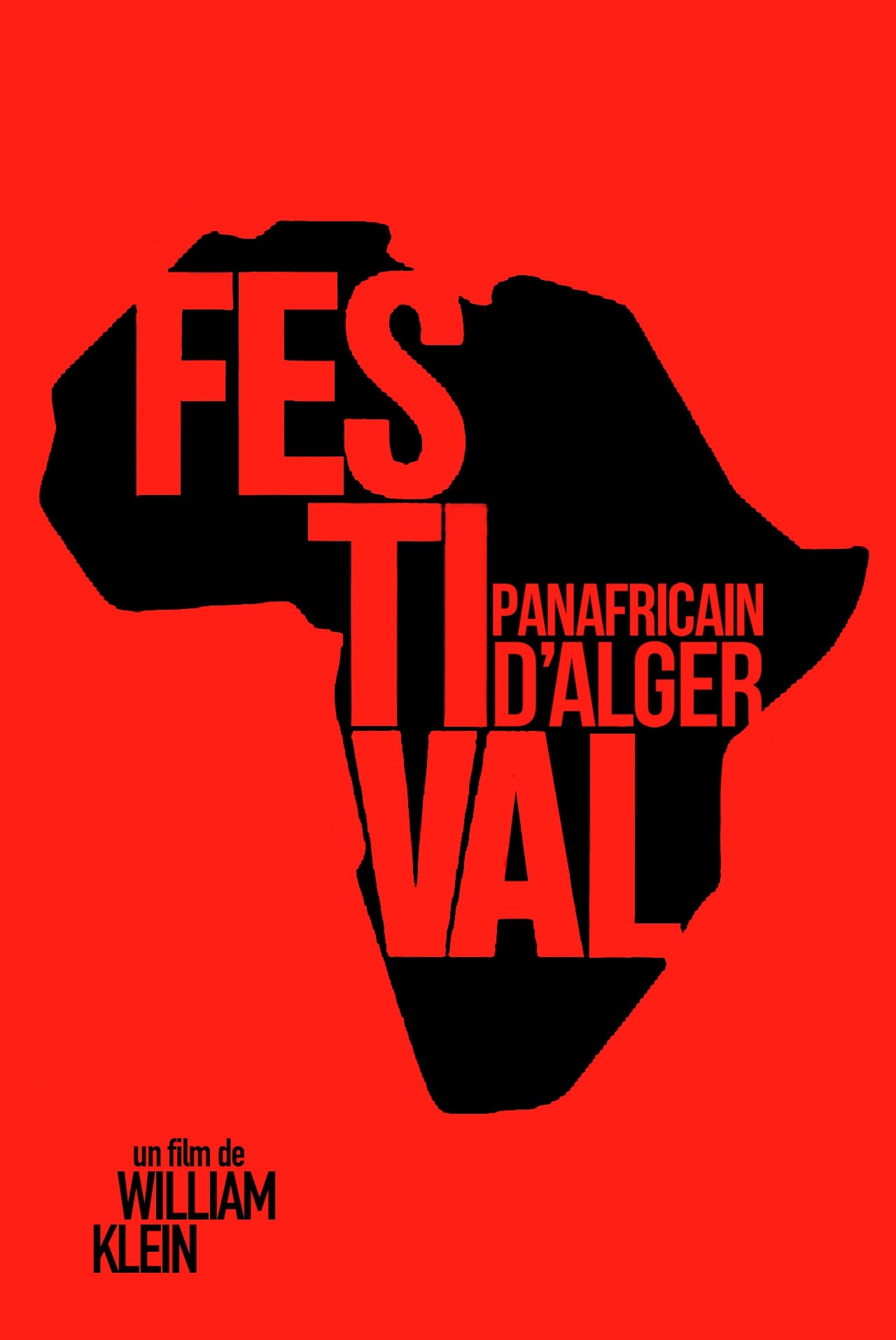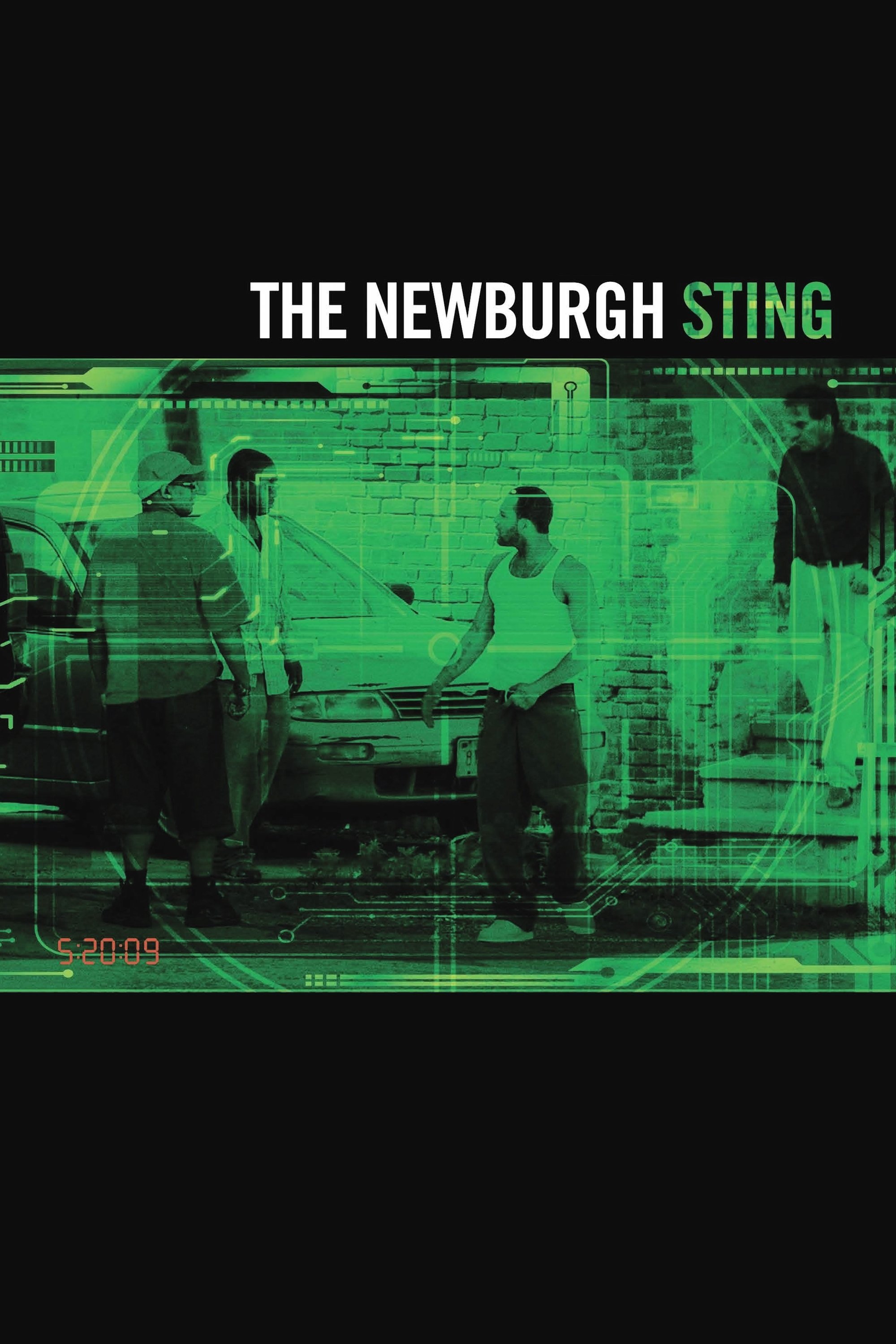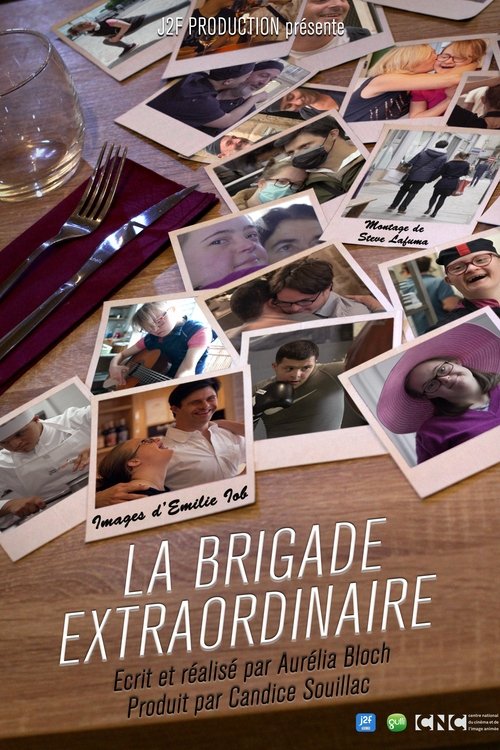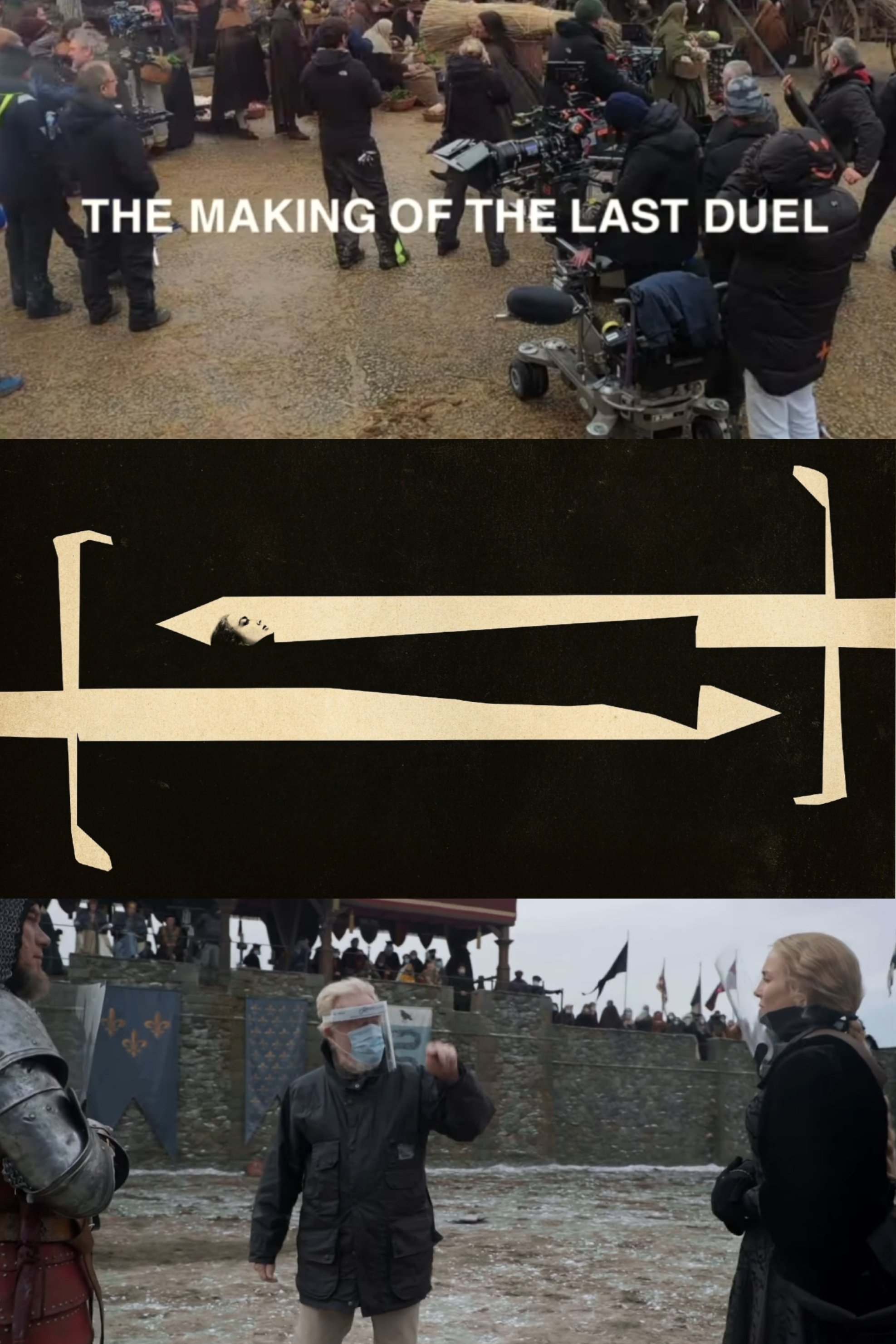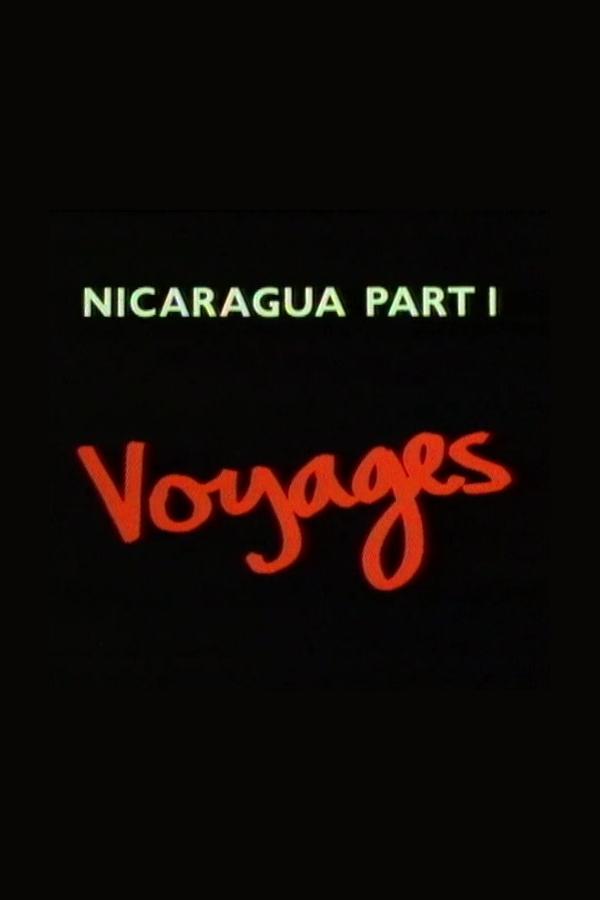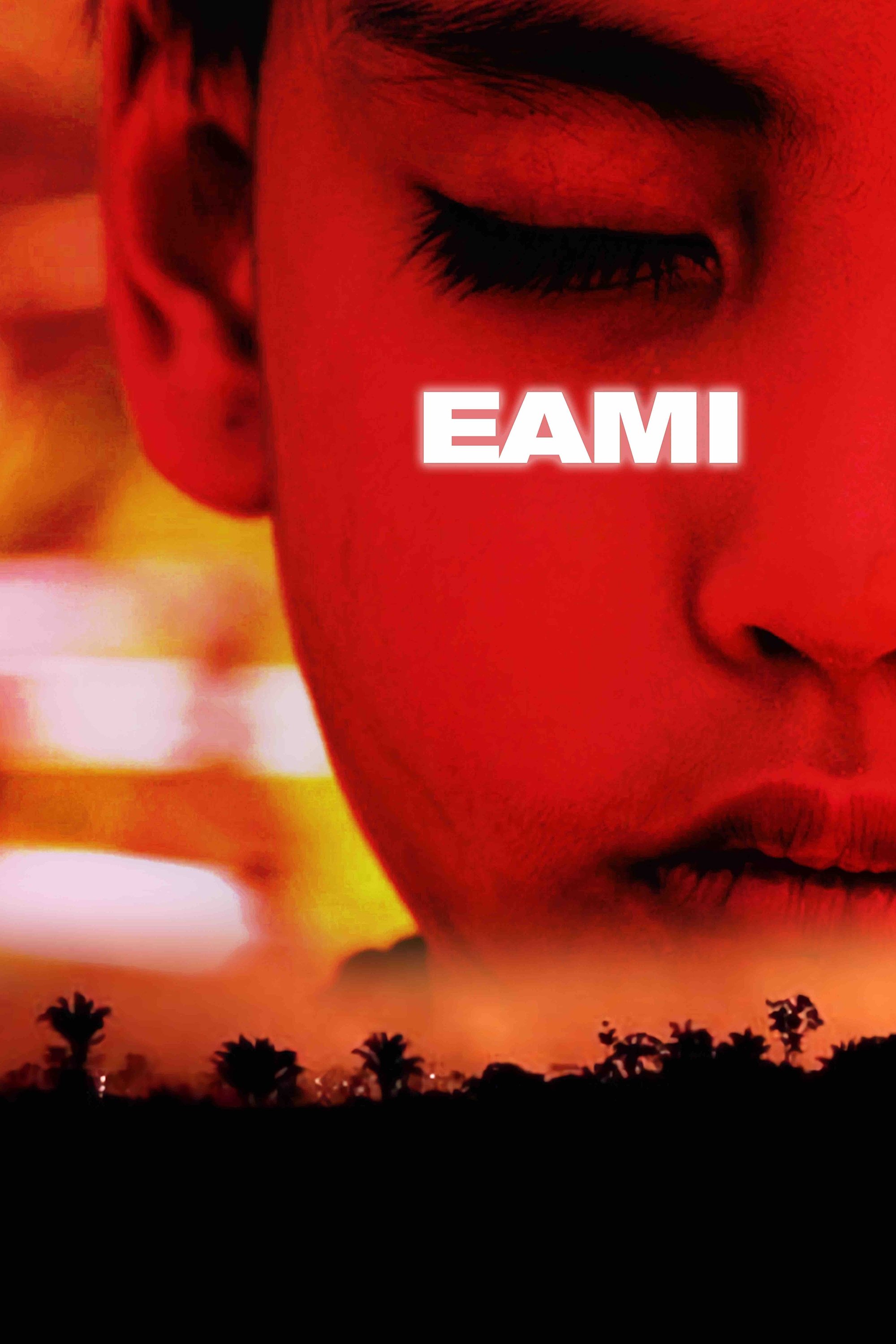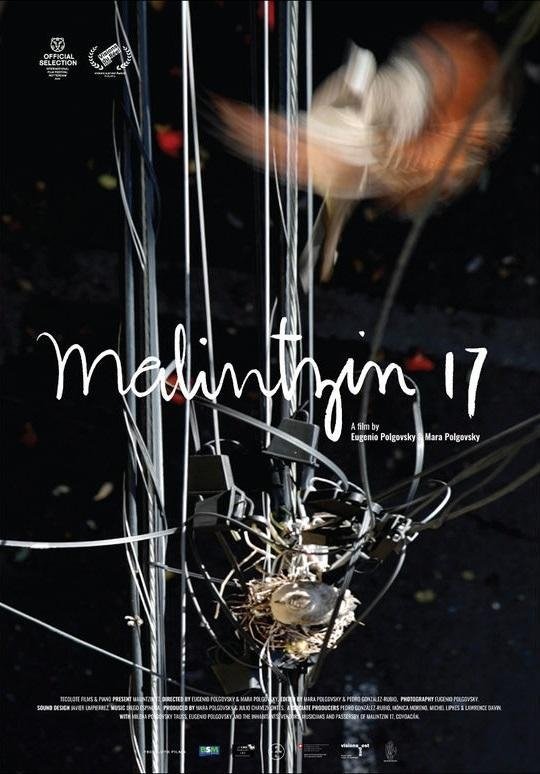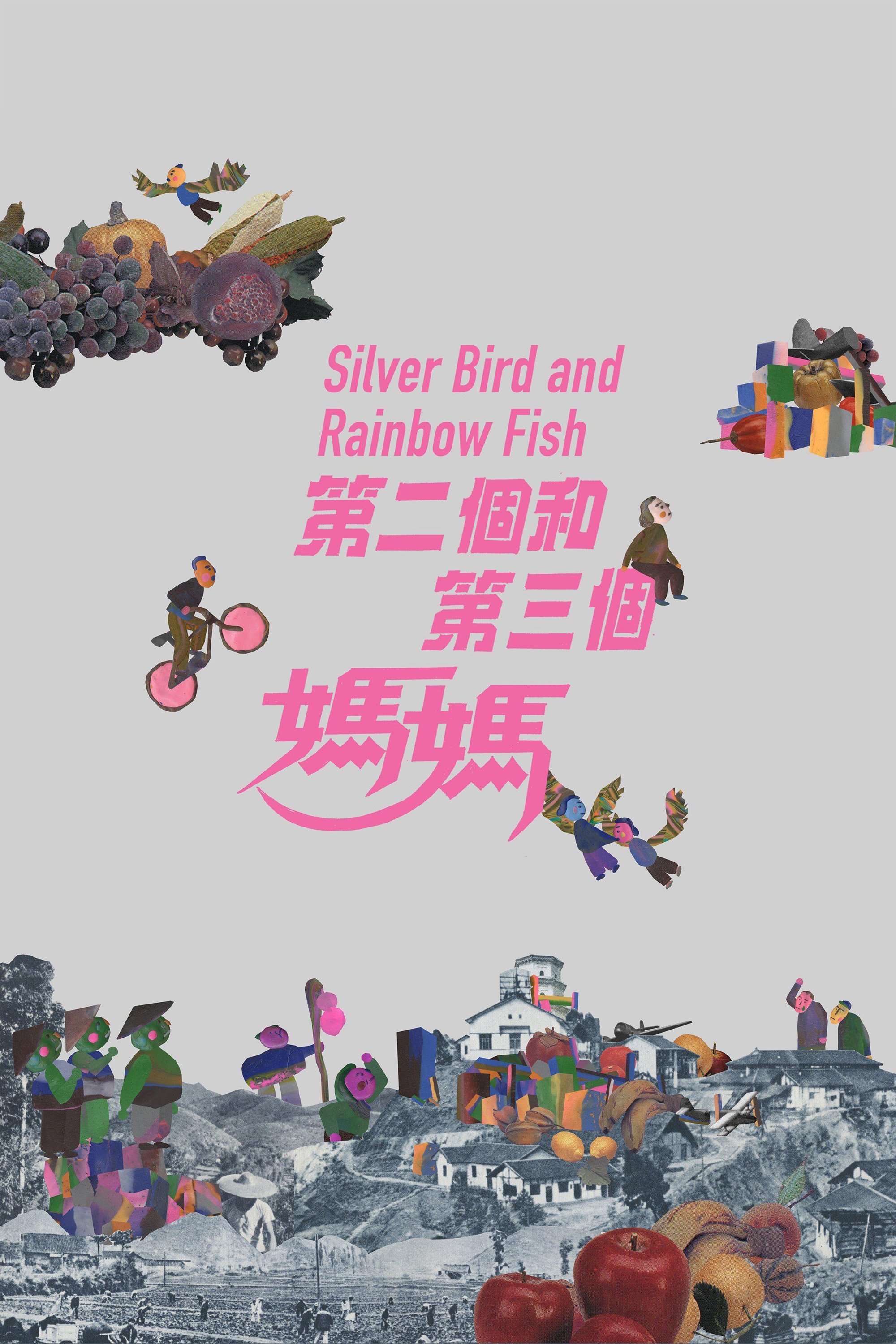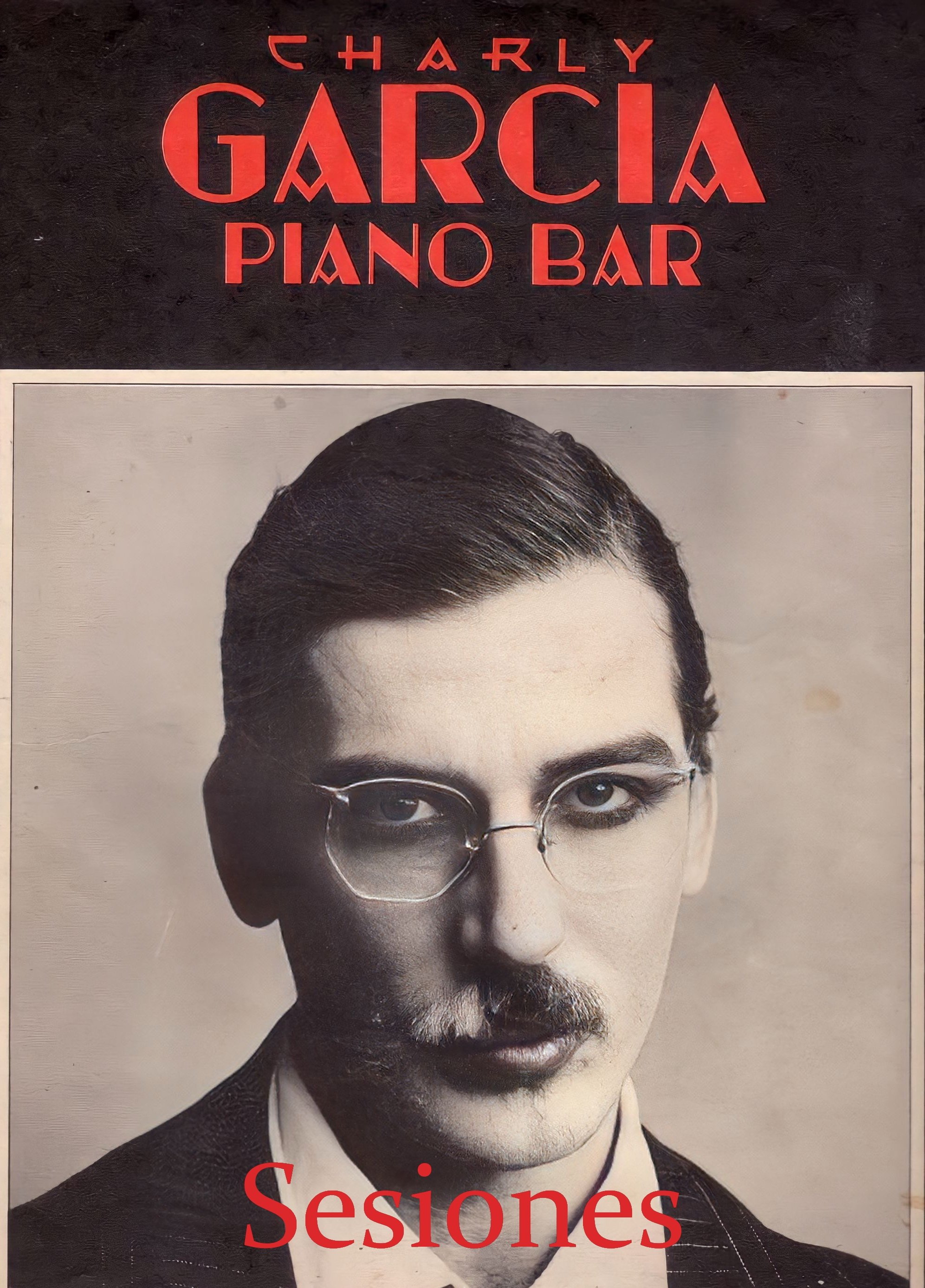
Production Companies
Additional Info
| Budget | $0.00 |
|---|---|
| Revenue | $0.00 |
| Original Language | es |
| Popularity | 0.001 |
Directed By
Charly García
Crew
Charly García
Similar Movies
When I Will Be Dictator
A diffraction of the autobiography using family footage filmed between the 1940s and today, this "science fiction documentary" creates multiple "I"s and transcends a story of mourning
Atlas
The concept of machine-made knit was known as early as the 1850s, but it was only during the 1920s that the quality of the material had improved. When the plant known as "Atlas" was introduced in 1931, the shop windows drew a lot of attention, and Aho & Soldan was ordered to make a promotional film. In this well-paced film, we see the jersey production step by step.
Basquiat, Une Vie
From Brooklyn to the Bronx, Soho to Greenwich, Union Square to Wall Street... Join us and the friends, collaborators and gallery owners who supported Jean-Michel Basquiat throughout his life. The first ever recognized graffiti artist, who saw international success as a neo-expressionist painter in the 80s, Basquiat is a true contemporary hero who died at the peak of his career.
At the Edge of the Earth
On 17 May 1931, the young director Mário Peixoto released his masterpiece "Limite" in a premiere in Capitólio Theater in Rio de Janeiro to astonished audiences bewildered by the impressive and poetic images. Considered by many viewers the best Brazilian movie ever made, this feature has never been released commercially. However, in a great paradox, Mário Peixoto has never made any other movie. The director Sérgio Machado pays a great tribute to the life and work Mário Peixoto a.k.a. Maçarico by his close friends with this documentary, using his diary; footages of "Limite", the never concluded "Onde a Terra Acaba" (1933) and the short "O Homem do Morcego" (1980); and interesting testimonies of Olga Breno, Ruy Solberg, Nelson Pereira dos Santos and Walter Salles among others.
The Panafrican Festival in Algiers
Festival panafricain d'Alger is a documentary by William Klein of the music and dance festival held 40 years ago in the streets and in venues all across Algiers. Klein follows the preparations, the rehearsals, the concerts… He blends images of interviews made to writers and advocates of the freedom movements with stock images, thus allowing him to touch on such matters as colonialism, neocolonialism, colonial exploitation, the struggles and battles of the revolutionary movements for Independence.
Ariel
When Ariel was just 33, his legs were shredded by an industrial dough mixer in Mendoza, Argentina. He became a living embodiment of the ongoing duel between man and machine. From that point on, he began to rediscover the meaning of freedom: to rebuild his broken identity, keep his family together and design his own prosthetic legs. Following Ariel for 10 years from the time of the accident, director Laura Bari has created an intimate and metaphorical portrait of Ariel’s newfound transhumanity, juxtaposing his daily life with dreamlike inner worlds—and pushing the boundary between the real and the imaginary.
The Newburgh Sting
Just 60 miles north of New York City sits the poverty-stricken town of Newburgh, where, in 2009, four men were arrested for a plan to bomb two Jewish centers in the Bronx. But their leader, a suspicious Pakistani businessman planted by the government as an informant, led these men straight into the hands of the authorities. With endless footage gathered from hidden cameras, directors David Heilbroner and Kate Davis investigate just what homegrown terrorism truly means in this shocking and galvanizing exposé.
The Other One: The Long, Strange Trip of Bob Weir
Drop out of school to ride with the Merry Pranksters. Form America’s most enduring jam band. Become a family man and father. Never stop chasing the muse. Bob Weir took his own path to and through superstardom as rhythm guitarist for The Grateful Dead. Mike Fleiss re-imagines the whole wild journey in this magnetic rock doc and concert film, with memorable input from bandmates, contemporaries, followers, family, and, of course, the inimitable Bob Weir himself.
The Search for General Tso
From New York City to the farmlands of the Midwest, there are 50,000 Chinese restaurants in the U.S., yet one dish in particular has conquered the American culinary landscape with a force befitting its military moniker—“General Tso’s Chicken.” But who was General Tso and how did this dish become so ubiquitous? Ian Cheney’s delightfully insightful documentary charts the history of Chinese Americans through the surprising origins of this sticky, sweet, just-spicy-enough dish that we’ve adopted as our own.
La brigade extraordinaire
A brigade composed essentially of people with Down's syndrome works in a restaurant in the Marais, a chic Parisian neighborhood. Between shots and slackness, there is a lot of love and humor. The young people blossom in an ordinary world that, until then, was unknown to them. Will they achieve their greatest dreams?
Long Live Somaliland
Somaliland Ha Nolato (Long Live Somaliland) takes an experimental approach in exploring and reflecting on the complex history of Somaliland from 1960 to 2021.
Douglas Sirk: Über Stars
Douglas speaks about some of the stars he has directed like Asta Nielsen, Lili Dagover, Zarah Leander, George Sanders, Signe Hasso, Barbara Stanwyck, Jane Wyman and many others.
The Making of the Last Duel
Get unprecedented access to renowned director Ridley Scott as he collaborates with the cast and crew to make critical decisions about location, cinematography and performances.
Nicaragua Part 1: Voyages
Composed of stills by renowned Magnum photographer Susan Meiselas taken in 1978 and 1979 during the overthrow of the fifty-year dictatorship of the Somoza family. Written in the form of a letter from Meiselas to Karlin, it is a ruminative and often profound exploration of the ethics of witnessing, the responsibilities of war photography and the politics of the still image.
Visa Mäkinen - My movie
Short documentary about finnish movie director Visa Mäkinen. There is photos from family album and short clips where Visa Mäkinen is working behind the camera. There is also clips from his most famous movies, and actors, colleague and a film critic telling small anecdotes about Visa Mäkinen.
Eami
Eami means ‘forest’ in Ayoreo. It also means ‘world’. The story happens in the Paraguayan Chaco, the territory with the highest deforestation rate in the world. 25,000 hectares of forest are being deforested a month in this territory which would mean an average of 841 hectares a day or 35 hectares per hour. The forest barely lives and this only due to a reserve that the Totobiegosode people achieved in a legal manner. They call Chaidi this place which means ancestral land or the place where we always lived and it is part of the "Ayoreo Totobiegosode Natural and Cultural Heritage". Before this, they had to live through the traumatic situation of leaving the territory behind and surviving a war. It is the story of the Ayoreo Totobiegosode people, told from the point of view of Asoja, a bird-god with the ability to bring an omniscient- temporal gaze, who becomes the narrator of this story developed in a crossing between documentary and fiction.
Malintzin 17
The pigeon is probably fake, says the five-year-old daughter of Mexican filmmaker Eugenio Polgovsky. Perhaps it’s a robot. Why else would a pigeon sit so still on that nest she built atop the power lines, diagonally under their window? For seven days and nights, Polgovsky filmed the bird from his second floor apartment. Together with daughter Mile, he watches life go by: the bin men, the neighbours and their dogs, the gas delivery man, the squirrels dashing through the treetops in search of food. All from the same perspective – basically identical to that of the brooding pigeon, who gets most attention. "Papa, why are you filming her, really?"
Silver Bird and Rainbow Fish
“Our family is special”, says filmmaker Lei Lei’s father Lei Jiaqi. On the audio track of this inventive, poignant essay film he starts to talk about the struggles of his family, amid China’s troubled times of the 1960s. When his own father, Lei Ting, is sent to the countryside, he stays behind with his sister and his ill mother. When Mum passes away, and the system forbids Ting to come back to live with his children, the kids are kept in an orphanage.

